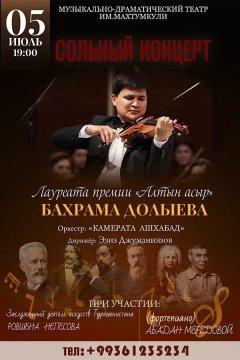The annual Ig Nobel Prize ceremony held at Harvard University celebrated the strangest scientific achievements for the 34th time. Ten studies attracted the attention of the jury, MIR 24 reports, citing NewSientist.
Psychologist Burrhus Skinner received the Peace Prize posthumously for his 1940s experiments on using pigeons to control missiles. According to his idea, the birds had to be hidden in the front part of the munition. The scientist's daughter received the prize for him.
In the field of botany, they noted a study proving the ability of plants to imitate the shape of artificial “relatives” made of plastic located nearby.
More than fifty scientists, including many students, received the prize for their research in the field of probability theory. Based on extensive experimental data (more than 350 thousand tosses), they claim that a coin most often lands on the side that was up at the beginning of the toss.
The Medicine Prize was awarded to Lieven Schenk, Tahmin Fadai and Christian Büchel for their research proving that counterfeit drugs that cause side effects can be more effective than a regular placebo.
The physicists were awarded for their research on dead trout swimming against the current and on the ability of worms to get drunk.
The Demographic Prize went to a scientist who questioned the reliability of data on longevity.
Two scientists, Ely Fordyce and William E. Petersen, were posthumously awarded the Ig Nobel Prize in Biology for their unusual experiments in the 1940s. They studied the reaction of cows to loud sounds by exploding paper bags near the animals in order to understand the mechanisms by which lactation ceases.
The Ig Nobel Prize is a parody of the prestigious Nobel Prize. It is awarded for scientific achievements that first cause laughter and then make you think.













